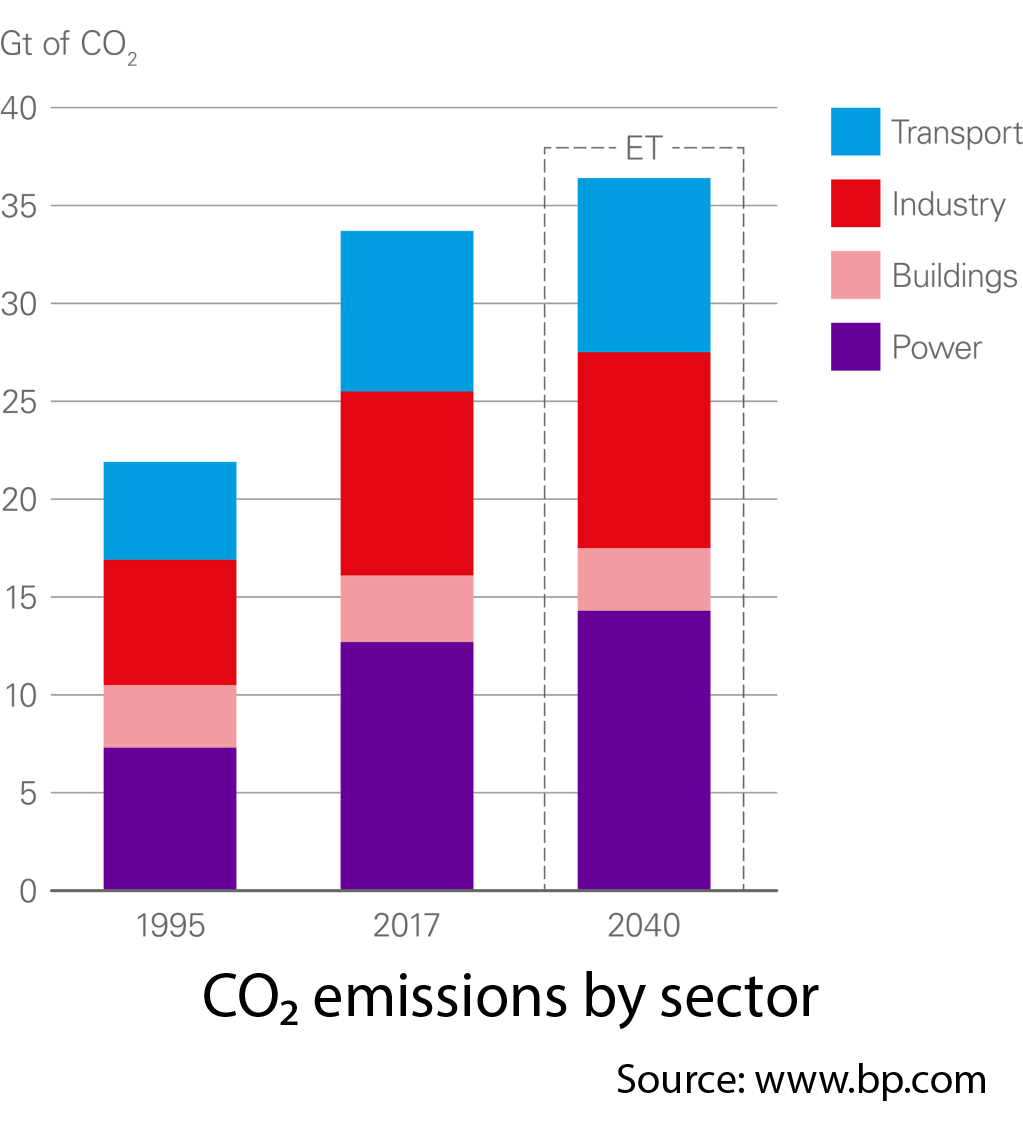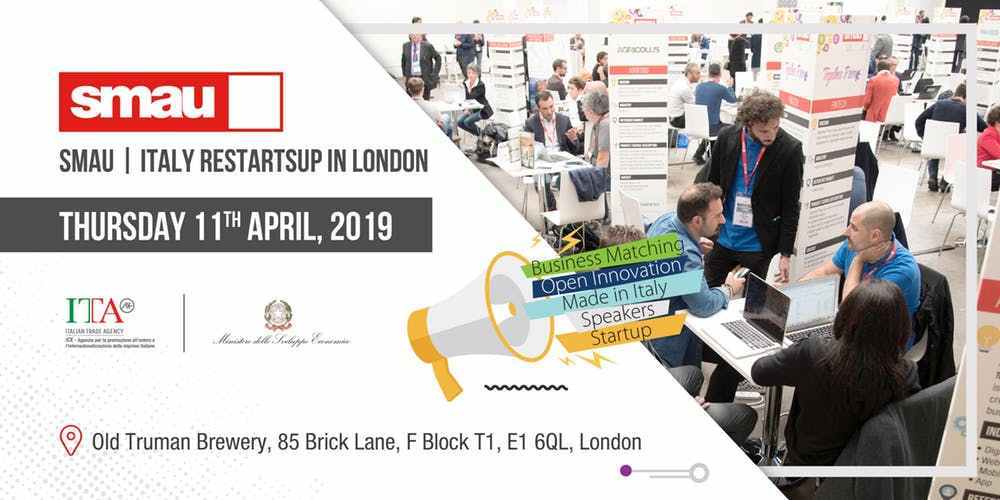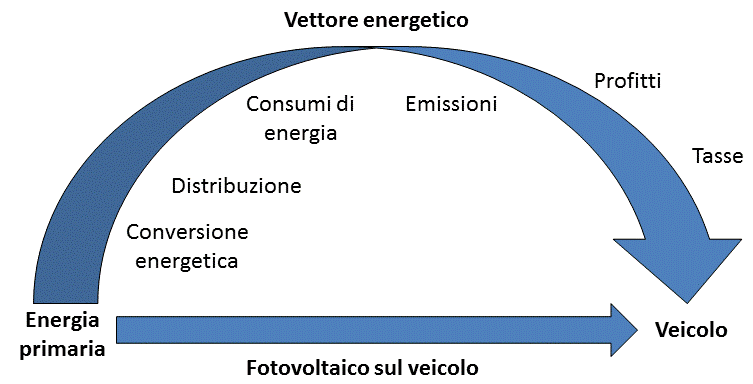Newsletter #41
LIFE-SAVE Newsletter
March 2019
"Make your car a Solar Hybrid!"


|
|

Trasformazione delle auto in ibride-solari plug-in o in elettriche: riuso e sostenibilità
Transformation of plug-in hybrid-solar or electric cars: reuse and sustainability
La sostenibilità ambientale è stata declinata diversi anni fa attraverso il principio delle tre R, ossia riduci, ricicla e riusa. Questi principi sono applicabili in tutti i settori dello sviluppo industriale e, in generale, delle attivita' umane.
Quello dei trasporti è uno dei settori più impattanti in termini di emissioni di CO2, infatti è il responsabile del 29% delle emissioni in Europa. Una analisi del ciclo di vita completo (LCA, Life Cycle Assessment) di diverse tipologie di veicoli dimostra che la trasformazione di un veicolo convenzionale in uno ibrido-solare plug-in o in uno elettrico riduce fortemente l’impatto sui consumi energetici e sulle emissioni di CO2 e altri inquinanti grazie alla evitata rottamazione e quindi costruzione di nuovi veicoli, il cui peso sul bilancio energetico ed emissivo complessivo non puo' essere assolutamente trascurato.
Environmental sustainability has been inflected several years ago through the principle of the three Rs, that is to say reduce, recycle and reuse. These principles can be applied in all sectors of industrial development and, in general, of human activities.
Transport is one of the most impactful sectors in terms of CO2 emissions, in fact it is responsible for 29% of emissions in Europe. A complete Life Cycle Assessment (LCA) of different types of vehicles shows that the conversion of a conventional vehicle into a plug-in solar-hybrid or into an electric car greatly reduces the impact on energy consumption and CO2 and other pollutants emissions thanks to the avoidance of scrapping and therefore the construction of new vehicles, whose phase impacts on the overall energy and emissive balance is quite remarkable.
|
|

SMAU - London 2019
Dopo la proficua partecipazione alle tappe dello SMAU RoadShow 2018 (conclusosi con la vittoria del premio SMAU Regione Campania 2018 per eProInn) il progetto LIFE-SAVE è stato selezionato assieme ad altri progetti di start-up/spin-off campane per partecipare a SMAU London 2019.
SMAU-Italia RestartsUp di Londra è una delle principali fiere dedicate all’innovazione, organizzata in collaborazione con ICE, Agenzia per la promozione all’estero e l’internazionalizzazione delle aziende italiane: l’evento si terrà l’11 aprile presso l’Old Truman Brewery, situato nell’85 BrickLane, Londra.
Una selezione di 40 startup italiane mostrerà i propri prodotti e servizi a investitori e visitatori, con sessioni di pitching e panel con rappresentanti dell’ecosistema dell’innovazione italiana e britannica.
L’obiettivo di SMAU – Italy RestartsUp a Londra è quello di creare un ponte tra l’ecosistema delle startup italiane, il London Hub e il mercato britannico, per mostrare agli imprenditori inglesi come le startup e gli incubatori italiani siano attualmente in rapida espansione.
After the successful participation in the stages of the SMAU RoadShow 2018 (which ended with the award to eProInn of the SMAU Campania Region 2018) the LIFE-SAVE project returns to the starting points of the annual edition of the SMAU Tour. First stage: London.
SMAU-Italy RestartsUp of London is one of the major events dedicated to innovation in Italy, organized in collaboration with ICE, Agency for the promotion abroad and internationalization of Italian companies: the event will be held on 11 April at the Old Truman Brewery, located in 85 BrickLane, London.
A selection of 40 Italian startups will show their products and services to investors and visitors, with pitching and panel sessions with representatives of the Italian and British innovation ecosystem.
The aim of SMAU - Italy RestartsUp in London is to create a bridge between the Italian startup ecosystem, the London Hub and the British market, to show British entrepreneurs how Italian startups and incubators are currently expanding rapidly.
|
|

Innovation Village 2019
Si terrà dal 4 al 6 aprile 2019 presso il Museo Nazionale Ferroviario di Pietrarsa (Napoli) la IV edizione di Innovation Village, uno dei principali eventi sull’innovazione, prodotto da Knowledge for Business ed organizzato con Sviluppo Campania ed ENEA – Bridgeconomies EEN, in collaborazione con la Regione Campania.
La fiera è un cruciale punto di incontro e networking tra ricerca, imprese, pubblica amministrazione, startup e professionisti e maker, dove è possibile trovare l’eccellenza della ricerca e le opportunità per imprese, startup e esperti del settore.
Obiettivo principale dell’evento è quello di agevolare il trasferimento tecnologico e la diffusione dell’innovazione.
Già protagonista della precedente edizione, il progetto LIFE-SAVE, condotto da un partenariato di quattro realtà industriali italiane (eProInn, Solbian, Mecaprom e Landi Renzo), torna ad animare il programma dell’evento, che prevede un fitto calendario di conferenze e workshop.
The 4th edition of Innovation Village will be held from 4 to 6 April 2019 at the National Railway Museum of Pietrarsa (Naples). It is an important event on innovation, produced by Knowledge for Business and organized with Sviluppo Campania and ENEA - Bridgeconomies EEN, in collaboration with the Campania Region.
The fair is an important meeting and networking point between research, companies, public administration, startups, professionals and makers, where it is possible to find the excellence of research and opportunities for companies, startups and experts in the sector.
The main objective of the event is to facilitate technology transfer and the diffusion of innovation.
Already protagonist of the previous edition, the LIFE-SAVE project, conducted by four Italian partners (eProInn, Solbian, Mecaprom and Landi Renzo), returns to animate the program of the event, including a full calendar of conferences and workshops.
|
|

Il contributo fotovoltaico
The photovoltaic contribution
Lo scetticismo che ha accompagnato per molto tempo l’uso dell’energia solare in ambito automobilistico è dovuto al fatto che la potenza di un pannello solare ospitabile su un’automobile di dimensioni normali è molto inferiore alla potenza di una vettura.
Ma questa constatazione è tanto elementare quanto fuorviante: sarebbe corretto ragionare così se entrambi i sistemi operassero sempre alla massima potenza. In realtà né l’automobile né il pannello lavorano sempre al picco delle loro capacità. Però, mentre l'auto consuma energia solo durante la guida (ovvero, per molti utenti, circa un'ora al giorno), il pannello riceve energia anche durante la sosta, per circa metà della giornata.
Una valutazione più precisa del contributo potenziale ottenibile da pannelli fotovoltaici
montati su una vettura (su tetto e cofano, in posizione pressoché orizzontale) dimostra come per un pannello di 2 mq (valore compatibile con il prototipo sviluppato nel progetto LIFE-SAVE e con la maggior parte delle vetture) il contributo giornaliero massimo può anche superare i 3000 Wh/day, con un contributo medio annuo (considerando anche il periodo invernale) tra i 1000 ed i 2000 Wh/day per la maggior parte delle località.
The skepticism that has long accompanied the use of solar energy in the automotive sector is
due to the fact that the power of a solar panel hosted on a normal-sized car is much lower than the power of a car.
But this observation is as elementary as it is misleading: it would be correct to think in this way if both systems always operated at maximum power. In reality neither the car nor the panel always work at the peak of their capacity. In reality, neither the car nor the panel always works at the peak of their capacity. But, while most cars run about one hour per day, the panel harvests energy also when parked, for about half a day.
A more precise assessment of the potential contribution obtainable from photovoltaic panels mounted on a car (on the roof and bonnet, in an almost horizontal position) shows how for a panel of 2 square meters (value compatible with the prototype developed in LIFE-SAVE project and with most of the cars) the maximum daily contribution can even exceed 3000 Wh/day, with an average annual contribution (considering also the winter period) between 1000 and 2000 Wh/day for most locations.
|
|
Copyright ©
2018 LIFE-SAVE
(Solar Aided Vehicle Electrification, LIFE16 ENV/IT/000442)
All rights reserved.
Where to find us:
https://www.life-save.eu/





